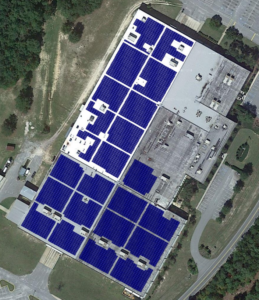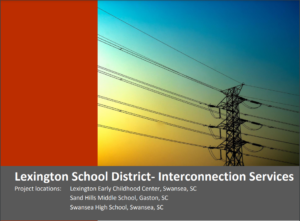PJM Interconnection sounds the latest alarm that fossil-fuel plants are shutting down without adequate replacement power. The political class yawns.
The warnings keep coming that the force-fed energy transition to renewable fuels is destabilizing the U.S. electric grid, but is anyone in government paying attention? Another S.O.S. came Friday in an ominous report from PJM Interconnection, one of the nation’s largest grid operators.
The PJM report forecasts power supply and demand through 2030 across the 13 eastern states in its territory covering 65 million people. Its top-line conclusion: Fossil-fuel power plants are retiring much faster than renewable sources are getting developed, which could lead to energy “imbalances.” That’s a delicate way of saying that you can expect shortages and blackouts.
PJM typically generates a surplus of power owing to its large fossil-fuel fleet, which it exports to neighboring grids in the Midwest and Northeast. When wind power plunged in the Midwest and central states late last week, PJM helped fill the gap between supply and demand and kept the lights on.
That’s why it’s especially worrisome that PJM is predicting a large decline in its power reserves as coal and natural-gas plants retire. The report forecasts that 40,000 megawatts (MW) of power generation—enough to light up 30 million households—are at risk of retiring by 2030, representing about 21% of PJM’s current generation capacity.
Most projected power-plant retirements are “policy-driven,” the report says. For example, the steep costs of complying with Environmental Protection Agency regulations, including a proposed “good neighbor rule” that is expected to be finalized next month, will force about 10,500 MW of fossil-fuel generation to shut down.
At the same time, utility-company ESG (environmental, social and governance) commitments are driving coal plants to close, the report notes. Illinois and New Jersey climate policies could reduce generation by 8,900 MW. Do these states plan to rely on their good neighbors for power?
Many states have established ambitious renewable goals, and the Inflation Reduction Act lavishes enormous subsidies on wind, solar and batteries. But the report says the “historical rate of completion for renewable projects has been approximately 5%,” in part because of permitting challenges. In an optimistic case, the report estimates 21,000 MW of wind, solar and battery storage capacity will be added to the grid by 2030—about half as much as the expected fossil-fuel retirements.
There’s another problem: Demand for electric power will increase amid the growth in data centers and the government’s push for the electrification of vehicles, heating and everything else. Loudoun County, Va., boasts “the largest concentration of data centers in the world,” the report notes.
The report doesn’t say this, no doubt owing to political reticence, but the conclusion is clear. The left’s green-energy transition is incompatible with a growing economy and improving living standards. Renewables don’t provide reliable power 24 hours a day, 365 days a year, and the progressive campaign to shut down coal and gas plants that do will invariably result in outages.
During an arctic air blast this past December, PJM ordered some businesses to curtail power usage and urged households to do the same. PJM narrowly avoided rolling blackouts as some generators switched to burning oil. But what will happen when those power plants shut down? A power shortage at PJM has the potential to cascade across much of the U.S.
Government officials have been raising alarms about the risks of cyber and physical attacks on the grid. But what about the accelerating danger from climate policy?

